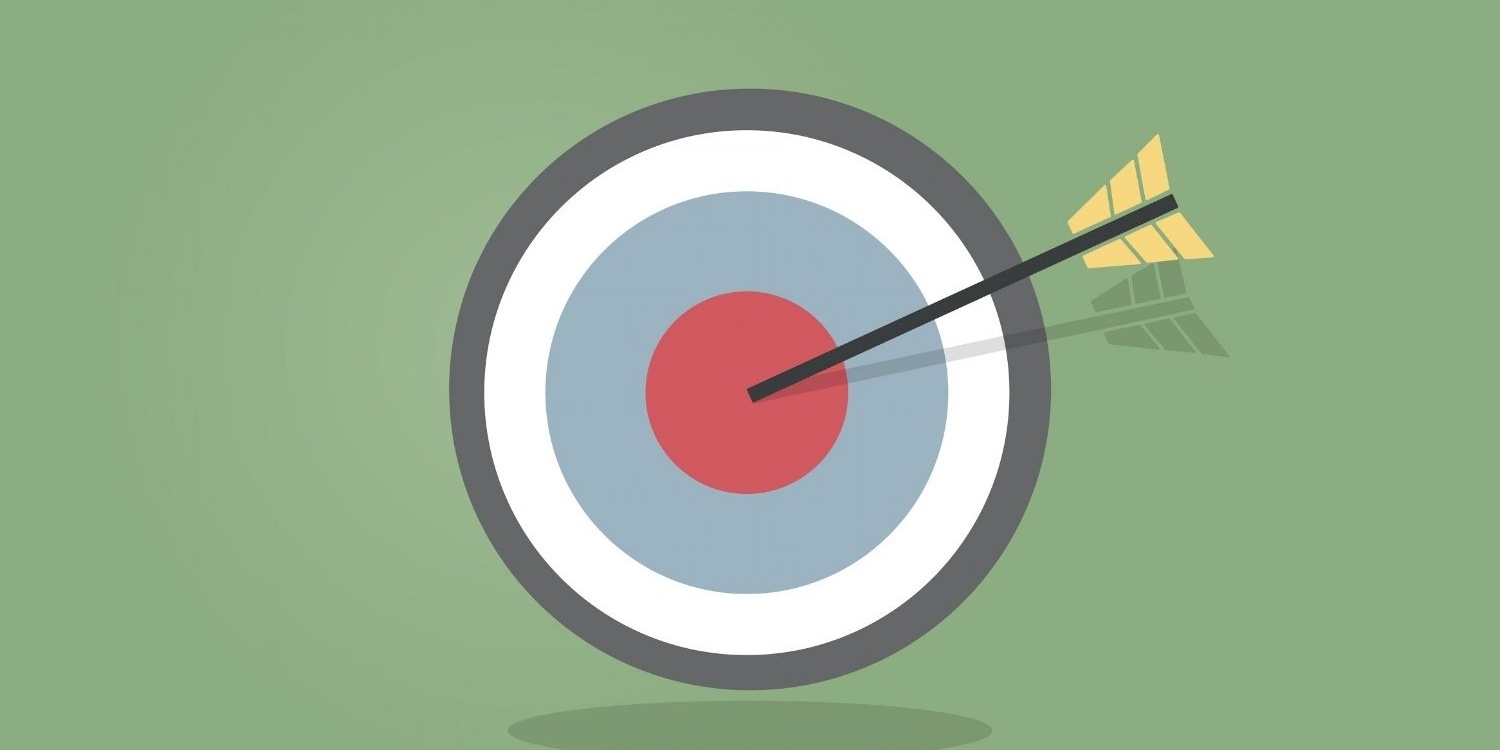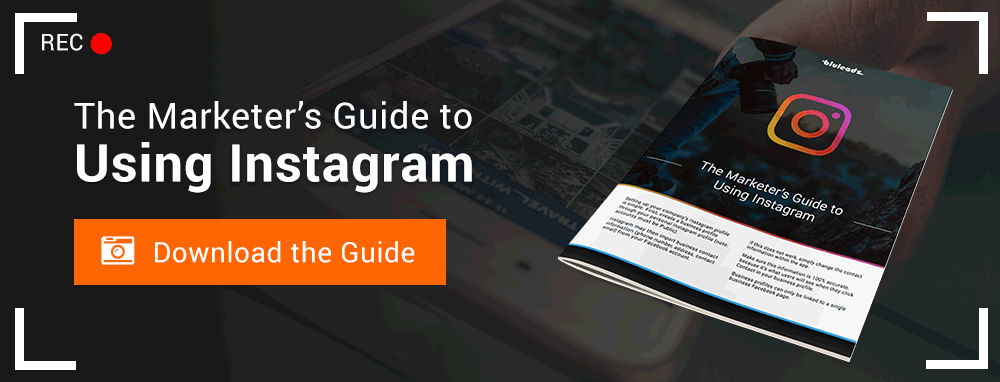Back in the day, most small businesses didn’t have big opportunities to grow their business through a promotion of any sort. An ad on a local radio station or a few hundred fliers were the most you could do on a low budget. But, with the development of digital marketing and especially social media, this has changed.
Social networks have enabled virtually everyone to reach large audiences with little money, especially if they’re creative and offer an interesting product or a service. Furthermore, now it’s much easier to check just how effective your marketing efforts actually are.
You can find out exactly which channels and posts have brought visibility to your business and increased your brand’s reputation. It’s also possible to check the growth of your social media profiles and accounts, as well as the performance of your content.
Here are a few tips on how to get the most out of your social networks by using analytics the proper way and how to turn the obtained data into action.
Set Goals

First things first – with social media marketing, it’s crucial to set your initial goals with respect to the number of people you intend to reach and engage, the amount of traffic you want your social networks to attract to your website or the demographics you’d like to target.
Without doing this, the whole thing will be just a gamble. To make your digital campaigns really successful, you’ll have to be systematic and patient.
Use Advanced Tools
Furthermore, using additional tools that offer advanced social media analytics is of huge importance if you want to have access to some additional insights that standard analytics don’t offer.
Being familiar with advanced analytics and having your data neatly arranged and organized is vital. Once you have all that, you’ll have to learn what several crucial metrics mean, why they’re important and how to make use of them.
Engagement

Your engagement rate represents the number of people that engaged with your posts compared to the number of people you reached. Every time people like, share, comment, retweet or repost your posts, your engagement rate increases.
If it’s low, that means that, even though you might have a decent number of fans or followers, they’re not really interested in your content anymore and your page will soon stop growing. This, in turn, affects your future sales and conversions. In other words, if you want to use your social networks to sell stuff or get people to visit your website you need to keep them interested at all times.
Using visuals in your posts and shortening them can improve this rate – people don’t usually read or click on posts that are just huge blocks of text without any images or videos. Asking a question at the end of the post can also help you to increase engagement.
Finally, check if your content is in accord with the brand image and vision you created so far – if the engagement rate is on the drop that means that you’ve started doing something different and you’re doing it wrong.
Reach
It’s essential to know that a lot of different metrics used to measure your social media efforts are closely related and often intertwined. For instance, the number of people that see your post while scrolling through social networks, called your “reach”, is dependent on the number of people who have engaged with that post.
Naturally, if your post gets a like or a comment, it will be shown to a certain percentage of people who are connected with the person who took this action. So, in order to improve this number, you should have quality and interesting content on your page or your account.
There are other factors that affect your reach such as the time of the day you choose to publish your content. Always track the numbers and try to find out when’s the most appropriate time to post – this will largely depend on your target demographics. Again, as with engagement, using visual content can boost your reach significantly.
Page Growth

The pace at which your page grows will also be affected by other metrics, especially the already mentioned reach and engagement rate. If you realize your total number of followers is not growing very quickly, there are a few things you could do.
For instance, you could find your most popular posts and repost them, so that those who weren’t reached the first time get to see them and take action. If necessary, sponsor these posts.
In the long run, to make your page grow, you’ll have to mind your demographics. The good thing is that analytics can also help you with evaluating who your followers actually are and what kind of content they find interesting. To ensure growth, it’s important to post regularly, humanize your approach and adapt the voice you use to your followers.
Getting the right influencer to help you with this humanizing factor can increase your total number of fans substantially in no time. In the wider sense, doing all these things properly can do wonders for your brand overall, not just in terms of your social media presence.
Traffic
Some of the abovementioned metrics are sometimes called “vanity metrics” because they allegedly don’t contribute to your sales and your income but are basically there just to boost your ego. This is not completely true, although it’s definitely debatable.
However, if you sell stuff online on your website, the amount of traffic on your website generated by your social media actually directly affects your finances. It’s possible to track where your website visits come from, as well as how many people from which social network end up buying your stuff or at least subscribe to your newsletter.
To increase these numbers, make sure your copy and/or the image related to the link are accurate, relevant and well-written. Also, you need to provide value to those visiting your website – one of the best ways to do that is to offer your followers quality content and promise they’ll get more of it if they visit your site. And, of course, keep the promise.
All in all, using social media analytics the right way can bring great things to your business in the long run. The key is to offer good content, carefully target the desired audience and be patient. You might not see the results of your social media marketing efforts right away, but turning the data you obtain into proper action will bring long-term results and help your business become more visible and recognizable.


Claudia Paisley Propp
Digital marketing lover, based in Sydney. Copywriting, Online Marketing… Lets just say – Communication in all shapes and sizes. She's that lucky girl who gets to live her dream. Here to share her knowledge and write about latest trends in (social) media. Writes for Bizzmark blog.